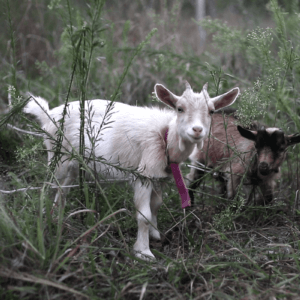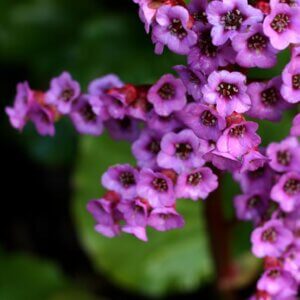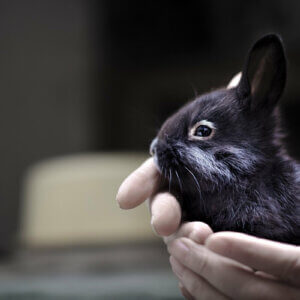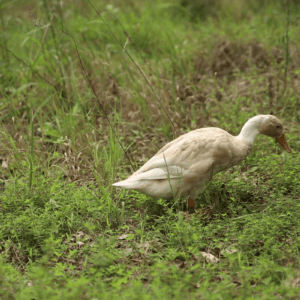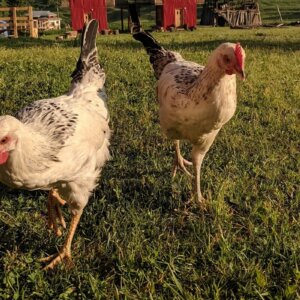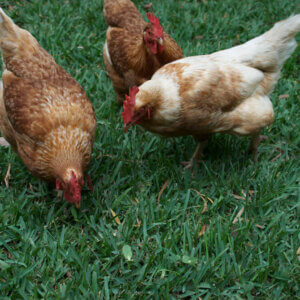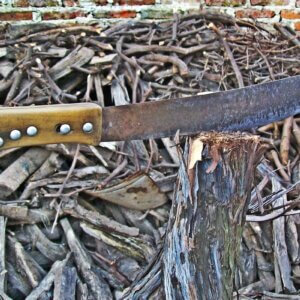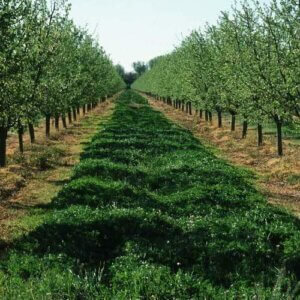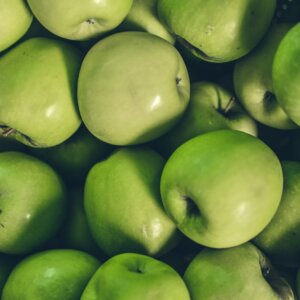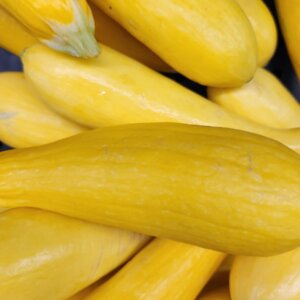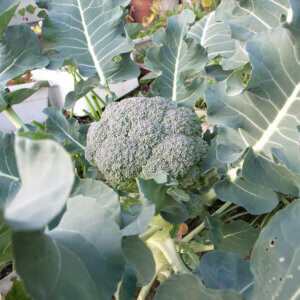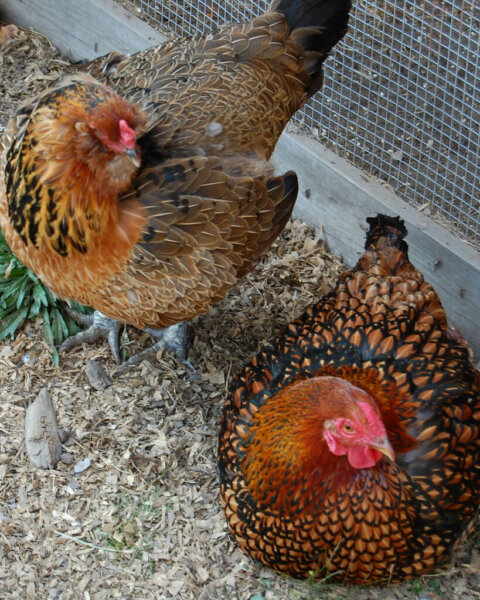
- Purpose: Layer
- Eggs: White
- Egg Size: Medium
- Color: Gold/Silver With Black Specks
- Comb Type: Large
As rare as the silver and gold metals that they resemble, Campine chickens are a critically endangered Belgian breed. Though they were originally developed for their eggs, these lustrous beauties now grace the exhibition floor–if you can find them that is!
They may tolerate some confinement, but these active, bright-eyed birds are happiest when they can free-range. An economical choice , they can usually find the majority of their food through foraging, if you give them enough area to explore.
Since they are lighter in weight, they are even able to fly away from predators if the need arises. If you do plan to show them, however, be sure to provide some shade in their run. Their feathers may fade if exposed to long lengths of sunlight.
Don’t expect these active foragers to sit on their eggs, however! Good news for those who are looking for steady layers, these chickens very rarely go broody.
Characteristics
These medium-sized chickens are active, flashing in and out of beams of sunlight with a metallic gleam. Their gold or silver heads dramatically transition to a beetle-green, pencil-feathered body, so it’s easy to see why they are darlings in chicken shows.
They’re not all looks, however! The original design for these chickens was as egg-layers, and they are decent producers of white eggs. These perky chickens very rarely go broody, so you can depend on them to keep laying throughout the spring and summer.
Keep Campines Out of the Cold!
Though they were developed in an area with a chilly climate, these chickens are surprisingly not cold hardy. Their large combs and closely-held feathers make them far more sensitive to frost and freezing temperatures than many other European breeds.
Additionally, their energetic personalities do not make them docile birds in the slightest. These individualistic birds have things to do and places to go. Personality wise, some can be friendly, but others may be quite wild and standoffish. If you are looking for a cuddly hen who wants to spend time with you, maybe look to the fluffy Brahma or gentle Ameraucana instead.
What’s the Yield?
Some sources claim that this breed could make a passable dual-purpose bird, but with males at 6 lbs and females at 4lbs, you won’t harvest much meat from these chickens.
With so many other options for a meat bird, like the well-built Orpington or the super-popular Rhode Island Red, it may be the best use of your resources to keep these chickens for their lovely appearance and egg production.
And produce eggs they do! At a rate of about 3 a week, or 150 a year, you can expect a steady supply of medium-sized, white eggs from these non-broody hens.
Et Tu, Campine?
Apparently, these birds caught the eye of the Ancient Romans during the time of the Empire. In particular, Julius Caesar is said to have taken a shine to these bright beauties and brought several home with him after a spate of looting in Belgium.
Pictures Of Campine Chickens
Resources
- Campine, My Pet Chicken
- Campine, Livestock Conservancy
- Campine, Omlet
- Campines, Feathersite
- Campine, Backyard Chickens
- The Golden Campine Chicken, Backyard Chickens
- Campine, Oklahoma State University
- Campine Chickens, Poultry Keeper
- Golden Campine Chickens, Purely Poultry
- Campine Chicken, Roys Farm
- The Campine Chicken, Everything Poultry
- ‘They’re cheap to keep’: Golden Campine Chickens A Heritage Breed Favored By Caesar, BDN Maine
- Chooks, Henderson’s Handy Dandy Chicken Chart
- Feather Patterns And Comb Styles, 104 Homestead
- Top 10 Birds For Raising Backyard Chickens, Topeka And Shawnee County Public Library






